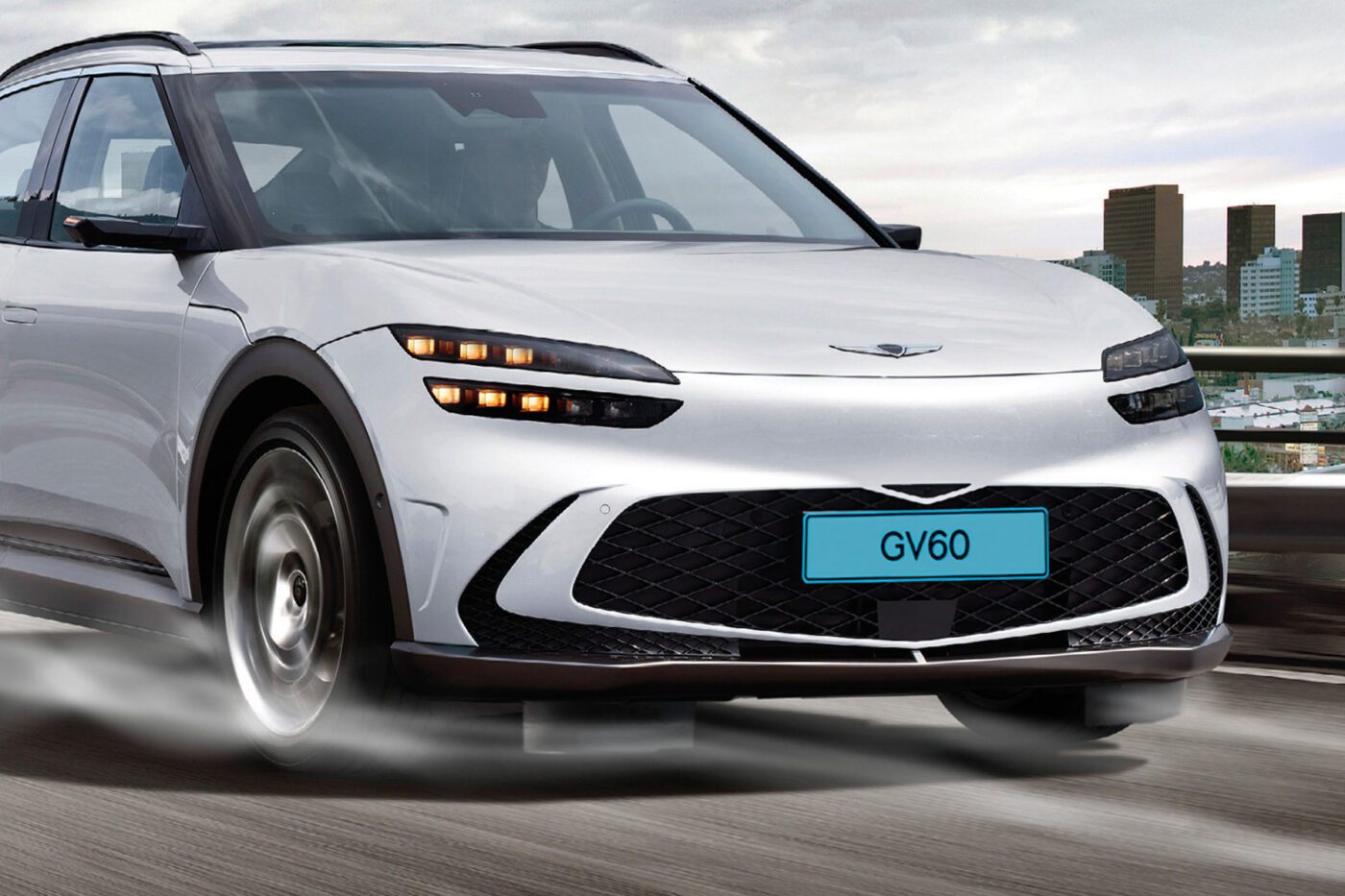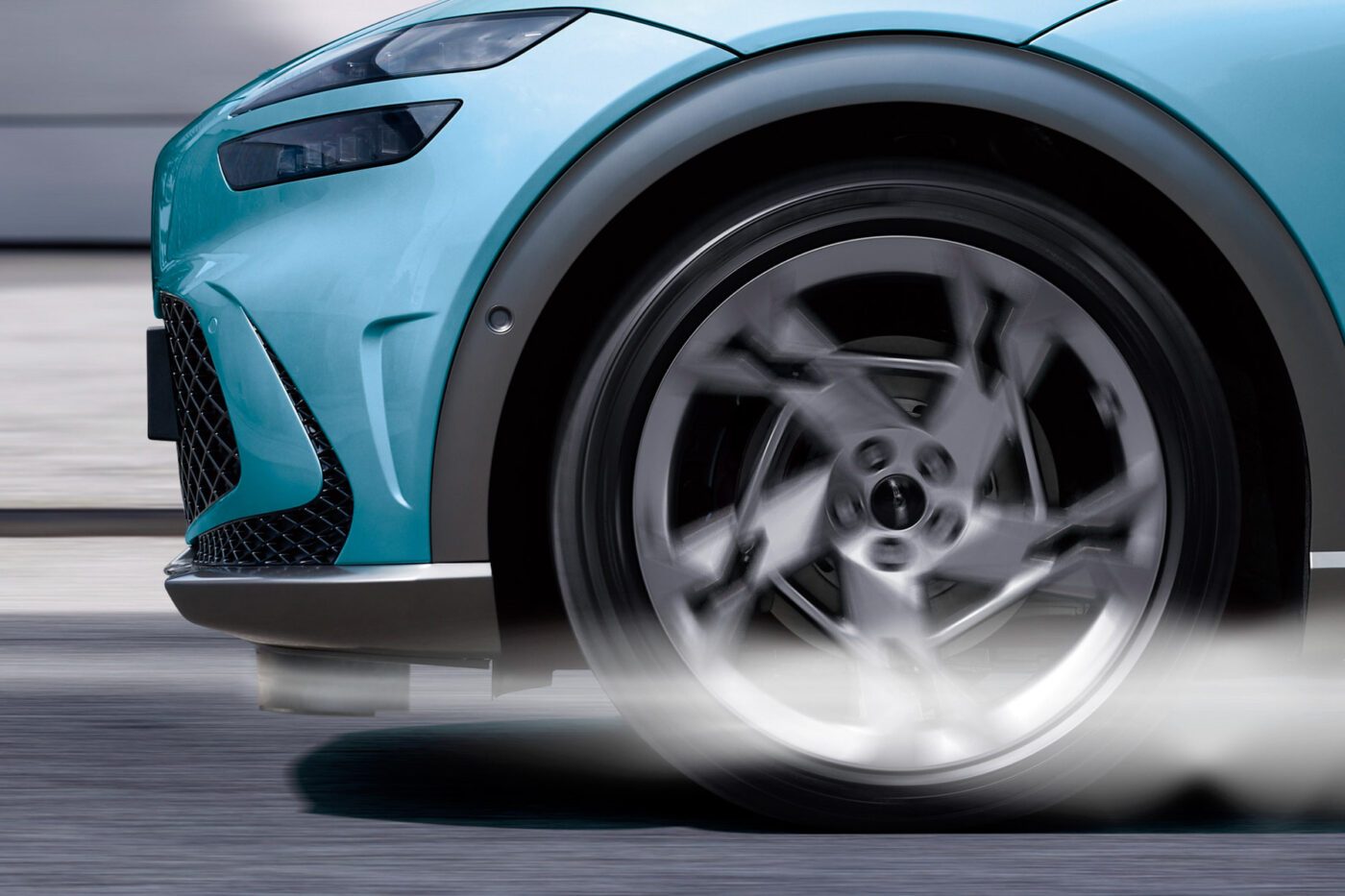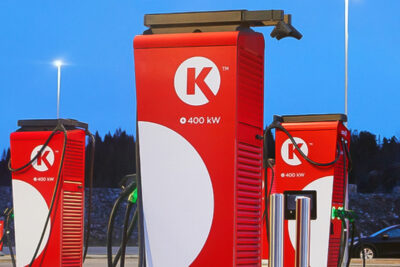Hyundai wants to increase range with aerodynamic enhancements
Hyundai already installed active flaps in the front bumper of its electric GMP models Ioniq 5 and Ioniq 6, but these are purely responsible for opening and closing the radiator intakes. Although this is also done for aerodynamic reasons (the airflow is improved when the flaps are closed), the Koreans are going one step further with the ‘Active Air Skirt.’
The AAS system is installed between the front bumper and the front wheels of the vehicle and will control the airflow entering through the lower part of the bumper at speeds above 80 kph, according to Hyundai. That will control the turbulence generated around the vehicle’s wheels. As a result, Hyundai and Kia hope to improve the range and driving stability of electric cars by minimising the drag coefficient (Cd).

During development test drives, engineers demonstrated the effects and precisely quantified the improvements. It is expected to improve range by around six kilometres. In addition, downforce will increase, improving the vehicle’s traction and stability at high speeds.
However, the AAS is only active at higher speeds. As mentioned, it is activated when the speed exceeds 80 kph and can operate at above 200 kph. If the car slows below 70 kph, the extendable spoiler lip is retracted again. The two air flaps are mounted in front of the front tyres and do not extend across the entire vehicle width. According to Hyundai, it is better for aerodynamics “to only cover the tyre part, as the platform floor is flat.”
The system is an addition to the ‘air curtains’ installed in many EVs, which channel air past the front wheels through small openings at the front to control the turbulence. However, that only happens at the height of the bumper, in which these openings are embedded. The AAS is located on the underbody, thus ensuring better turbulence control in this area. However, the AAS with its active elements is significantly more complex than the purely passive ‘air curtains.’
“This technology is expected to have a greater effect on models such as SUVs where it is difficult to improve aerodynamic performance,” says Sun Hyung Cho, Vice President and Head of Mobility Body Development Group at Hyundai Motor Group. “We will continue to strive to improve the driving performance and stability of electric vehicles through improvements in aerodynamics.”





1 Comment